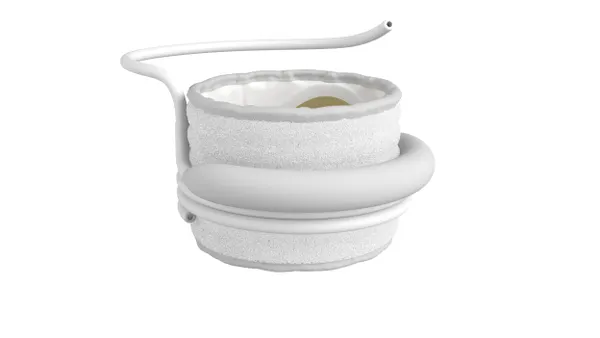Dive Brief:
- Hologic, which has a leading share in the market for mammography systems, could benefit from new recommendations lowering the recommended age for breast cancer screening, Needham analyst Mike Matson wrote in a research note on Tuesday.
- The U.S. Preventive Services Task Force (USPSTF) posted a draft recommendation on Tuesday lowering the recommended starting age for screening mammograms to 40 from 50.
- Assuming screening rates rise in women ages 40 to 49, Hologic’s install base for mammography machines could increase, Matson wrote.
Dive Insight:
The draft guidelines, if finalized, would update the USPSTF’s previous recommendations, which left it up to individuals to decide whether to begin screening after age 40. In its explanation of the changes, the Task Force said that breast cancer incidence “gradually increased among women ages 40 to 49 years” from 2000 to 2015, but increased more noticeably from 2015 to 2019.
“New and more inclusive science about breast cancer in people younger than 50 has enabled us to expand our prior recommendation and encourage all women to get screened every other year starting at age 40,” Task Force immediate past chair Carol Mangione said in a statement. “This new recommendation will help save lives and prevent more women from dying due to breast cancer.”
Hologic commended USPSTF for the changes.
“Lowering the age for initial screening to 40 is critical as approximately 60,000 breast cancers are diagnosed each year in women under 50. Further, Black women are more likely to develop aggressive cancers at younger ages than white women and are 40 percent more likely to die from breast cancer than white women,” the company said in a statement on Tuesday.
In 2019, about 60% of women ages 40 to 49 had a mammogram in the last two years, according to the Centers for Disease Control and Prevention. By comparison, about 76.5% of women ages 50 to 74 had a recent screening.
Doing some quick math, Needham’s Matson estimated that if the rate of mammograms for 40-49 year olds increased to match 50-74 year olds, that would translate to roughly 1.6 million more mammograms every year, a 4% increase.
“While it's possible that there is enough capacity to handle this increase with the existing installed base of mammography systems, we think that in the best case for [Hologic] the new guidelines would eventually drive a [roughly] 4% increase in the mammography installed base,” Matson wrote.
Assuming that increase does happen, about 1,020 more mammography systems would be needed, Matson estimated, noting that there are currently 24,904 accredited mammography systems in the U.S. That could translate to about $200 million to $300 million of sales, he added, assuming a price of $200,000 to 300,000 per system, plus service revenue over time.
“We would expect [Hologic] to capture a portion of this proportional to its market share in the US which we estimate is [about] 70%,” Matson wrote.
Last quarter, Hologic’s breast health business reported $61.8 million in revenue, a 36% increase from the year-ago period, which the company attributed to increased volumes for its digital mammography systems.
Hologic’s shares rose by 1% on Tuesday afternoon to $84.05, and iCAD, which makes software that uses artificial intelligence to read mammograms and help detect breast cancer, saw its shares rise 5.8% to $1.45.













